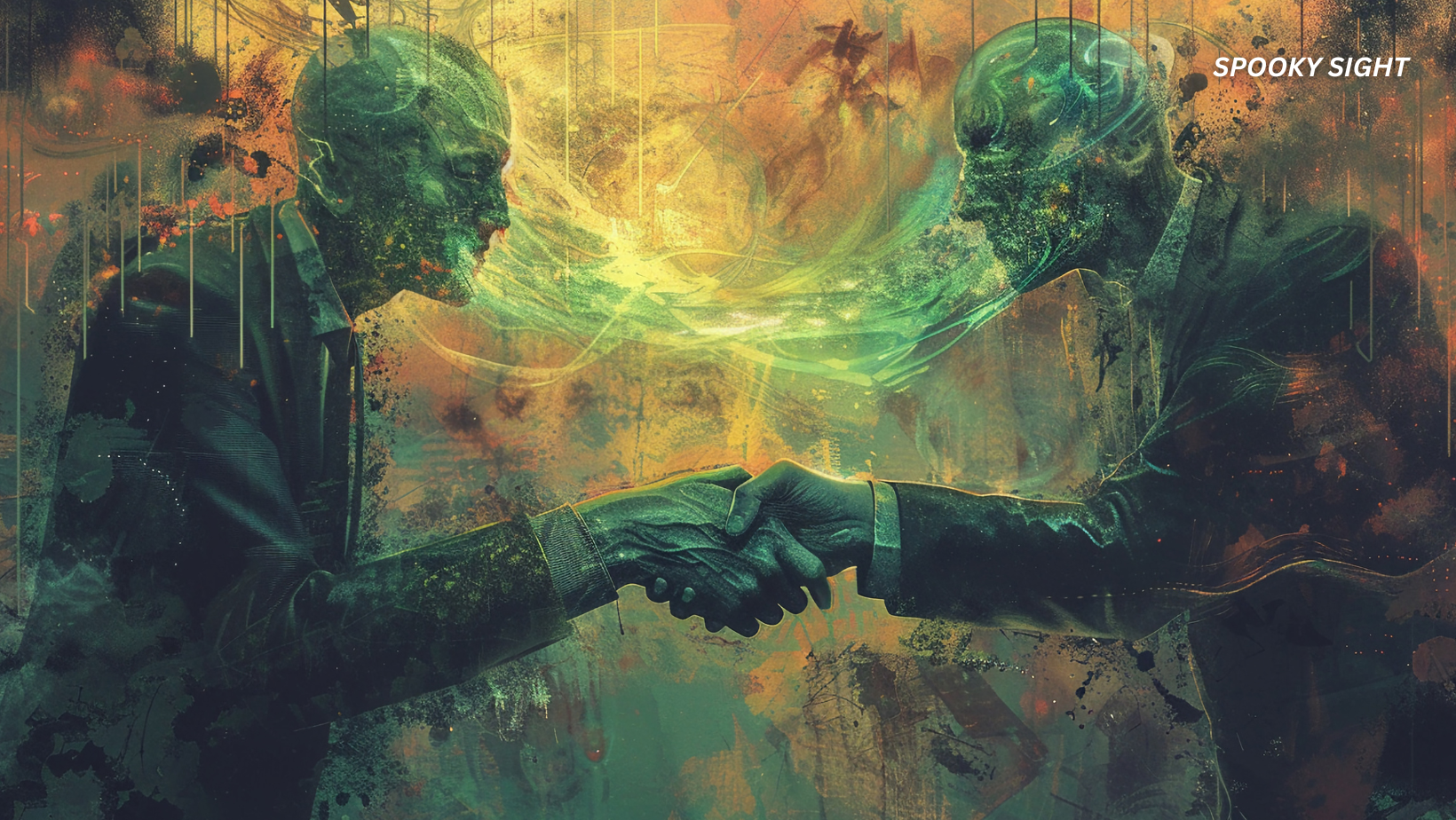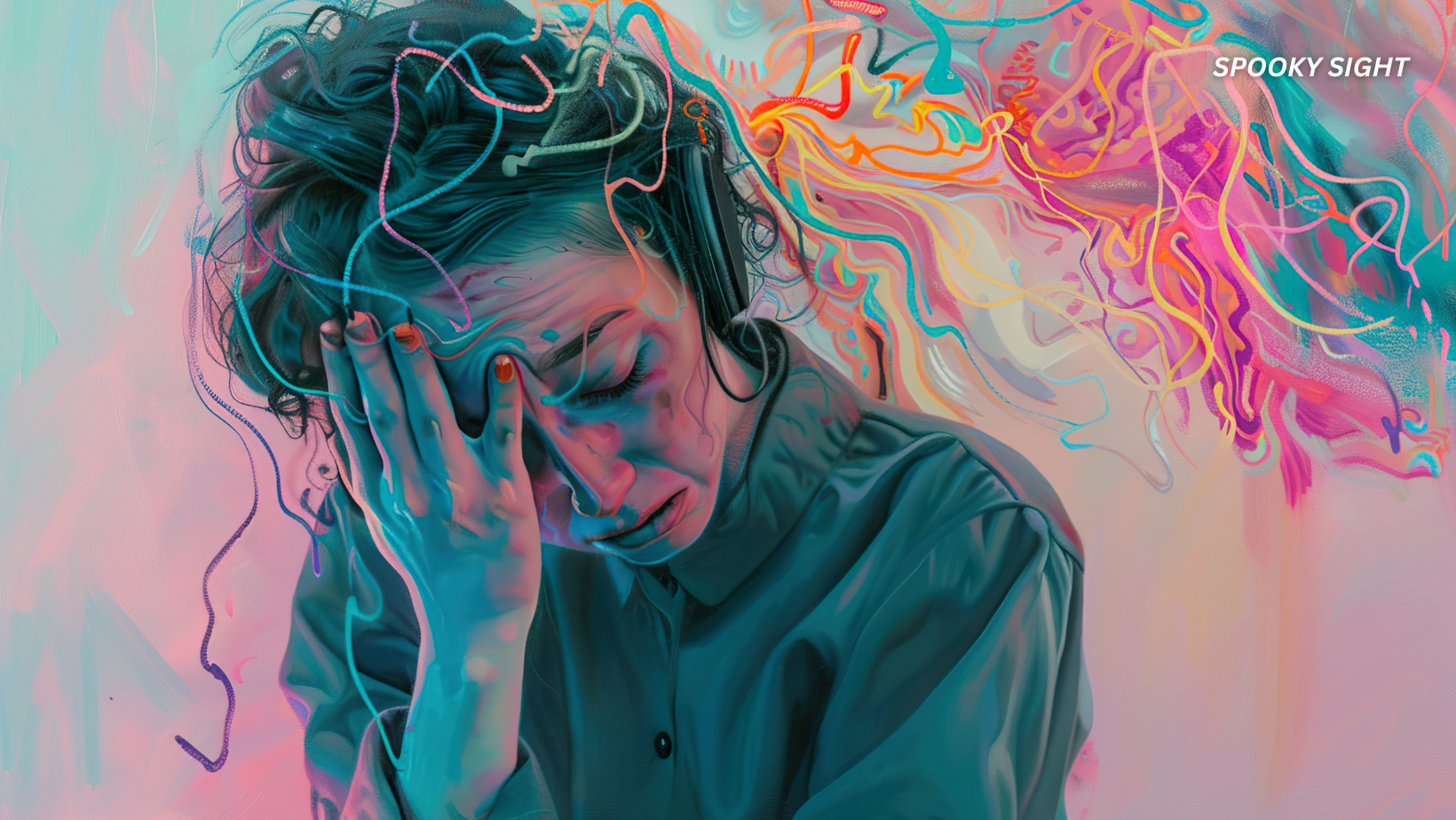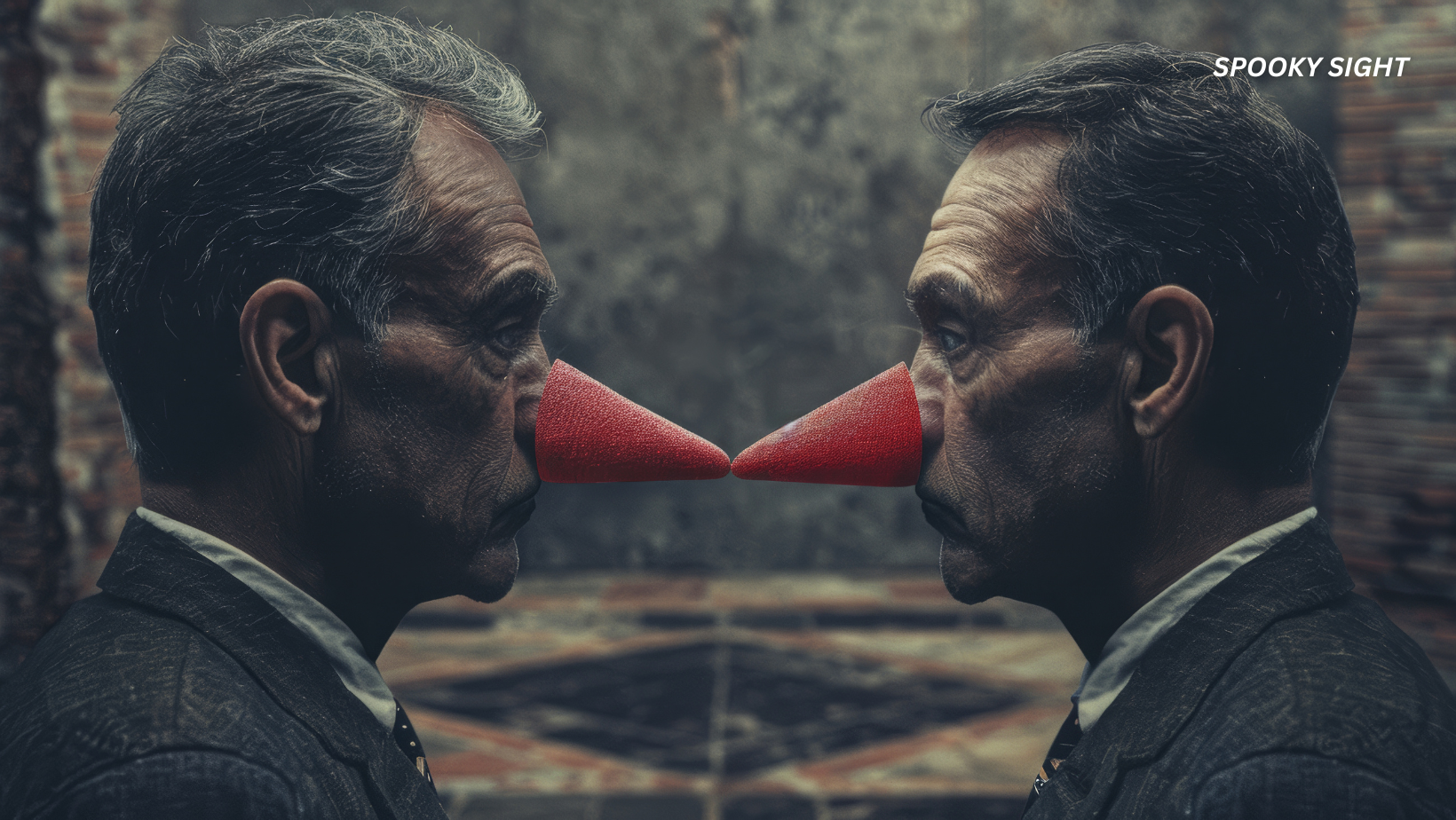Werewolves, witch trials, and devil pacts. The late 16th and early 17th centuries were wild times. And smack in the middle of it all, Jean Grenier, a young French boy, found himself in the middle of one of France’s most odd trials.
It’s a fascinating story. A bizarre mix of mythology, fear, tragedy, and early understandings of mental illness. In this story, Grenier is both the monster and the victim.
Curious to see why “Werewolf of Saintonge” is such a haunting and tragic story? Here’s what happened to Jean Grenier:
In this article:

The Rise of Werewolf Panic
Between 1570 and 1620, France was in the grip of the so-called werewolf hysteria. This period overlapped with King Henry IV’s reign (1589-1610), who desperately tried to stabilize a country torn apart by the French Wars of Religion.
Believe it or not, the Catholic Church was largely responsible for what was going on. While the church played an essential role in keeping order, it was also involved in many of the infamous witch hunts and werewolf trials.
Speaking of France, the fear of mythical beasts was especially strong in rural areas. Why there? Well, because wild animals were everywhere. And they posed a genuine threat that attacked livestock and sometimes even humans.
In rural France, people were used to seeing these animals. However, they were also terrified of them. And the idea that some wolves (especially the large, black ones) might actually be men in disguise seemed plausible.
The Catholic Church often linked these fears to heresy and sin. Werewolf behavior was associated with pacts with the Devil. The Parliament of Bordeaux (which handled Grenier’s trial, but more on that later) worked closely with church authorities. This meant that even werewolf cases were influenced by Church doctrine.

Who Was Jean Grenier?
Jean Grenier was just 13 years old when he became infamous. He was born into a poor family in Saintonge, a region in southwestern France. He lived near the forested and isolated La Double region.
This area was known for its dense, dark woods, mystery, and numerous wolf sightings. It wasn’t exactly a comforting place. The La Double was notorious for being largely untamed, even into the 17th century.
Given this setting, it’s no wonder that locals had long whispered of something sinister lurking within those woods. Wolves were real. But for many, something far darker haunted them. And Jean Grenier’s story fed right into that fear.
According to the little information preserved until today, Jean was described by people who knew him as wild-looking and disheveled. He often roamed the countryside, rarely sticking to any steady job.
Instead, he did odd jobs for local farmers and shepherds. He was usually seen alone. For many, his behavior was strange. Plus, he had this weird habit of telling disturbing stories.
Overall, Grenier was a familiar yet untrusted character. Locals often found him neglectful of his tasks. He was there but somehow always on the outside. Known, yet feared.
Coincidentally or not, children began disappearing around the same time. Such disappearances weren’t uncommon in that period, given the dangers of rural life and the prevalence of wild animals. But the locals likely connected these vanishings to Grenier. His behavior, stories, and confessions made him an easy suspect in their eyes.
The Confession
When authorities apprehended him, Jean Grenier did not deny the accusations—instead, he freely confessed to being a werewolf, claiming he had killed and eaten children.
In fact, this exact openness set Jean Grenier apart from other so-called werewolves. He was willing to confess without any torture. Almost unheard of in these kinds of trials.
Jean claimed that everything started when he met M. de la Forest—a man he sometimes called the “Lord of the Forest.” He allegedly encountered this mysterious character deep in the woods. And, as you can probably imagine, everyone believed the mysterious M. de la Forest was the Devil himself.
Grenier also claimed that this man marked him with his nail—a symbolic scar to bind him. After this ritual, M. de la Forest gave him a wolf skin and a magical salve.
From then on, Grenier could presumably transform into a beast whenever he wanted. Especially at night. He embraced his supposed abilities and even bragged about them.
He claimed his first transformation happened when he was about 10 or 11. He described sneaking away into the woods. There, he would spread the salve on his skin, wear the wolf skin, and feel himself change. His senses would sharpen. His body felt different, becoming more like that of a wolf.
While in wolf form, Grenier allegedly attacked livestock and even young children. In fact, he admitted that he preferred children because their flesh was more delicious. A “delicacy.”

Trial and Sentence
Jean Grenier was brought to trial at the Parliament of Bordeaux in 1603.
One of the key witnesses in his trial was Marguerite Poirier (a young shepherdess). She testified that Grenier had threatened her many times. She even claimed she had seen him turn into a beast.
In front of the judges, Marguerite described how Grenier, in wolf form, attacked her. However, she managed to fight him off with her shepherd’s stick.
She described the wolf that attacked her as having short legs, red fur, a stumpy tail, and eyes filled with rage. Features that didn’t match any normal wolf.
After escaping, she returned home, where her parents took her story seriously and reported Grenier.
Interestingly, despite Jean Grenier’s confession and Marguerite’s story, the court did not sentence Grenier to death—which was common for cases involving witchcraft or werewolf attacks.
Instead, the judges believed Grenier was mentally ill rather than an actual monster. That he most likely suffered from delusions, possibly some form of clinical lycanthropy—a psychiatric condition where a person believes they can transform into an animal.
So, instead of execution, Grenier was sentenced to live out his days locked away in a Franciscan monastery.
Life in the Monastery
Jean Grenier spent about seven years in the monastery. But his life there was anything but peaceful.
He kept behaving in ways that made many think his story was true. He would often howl at the moon and run around on all fours. His bizarre behavior seemed to suggest he was more animal than human.
In 1610, Pierre de Lancre (a prominent witch-hunter fascinated by Grenier’s case) visited him at the monastery. Lancre was shocked by how Grenier looked and behaved.
In “Tableau de l’inconstance des mauvais anges et démons” (1612) Lancre documented all his observations. He mentioned how Grenier had long nails and protruding teeth. He also noted how Grenier constantly demanded raw meat and was convinced that the “Lord of the Forest” had visited him twice while in captivity.
The mysterious man allegedly assured Jean Grenier that he would soon be free to roam the countryside again as a wolf. However, that was not to be. Grenier died shortly after de Lancre’s visit.

Was Jean Grenier a Real Werewolf?
Jean Grenier’s story has been retold over the centuries. Most notably by Sabine Baring-Gould in “The Book of Were-Wolves” (1865).
Baring-Gould painted Grenier not just as a monster, but as a tragic figure. A young boy caught up in delusion, folklore, and a society that didn’t know how to deal with his madness.
Similarly, Leo Ruickbie, in “The Cultural Construction of Monstrous Children,” analyzed Jean Grenier’s trial. Ruickbie explored the concept of children perceived as monstrous and examined Grenier’s case as an example of how superstition and folklore intersected with real-life trials.
But was Jean Grenier a real werewolf? Most likely, no. Grenier was a troubled young boy, struggling with what we now recognize as possible mental health issues.
Similar cases—like those of Gilles Garnier (executed in 1573) and Jacques Roulet (tried in 1598)—also involved individuals who claimed to transform into wolves. And, just like Jean Grenier, they, too, were driven by delusion or desperation.
All these men were seen as monsters by society. However, today, we believe they might have suffered from schizophrenia, clinical lycanthropy, or another psychiatric disorder. It’s a much down-to-earth explanation that doesn’t involve witchcraft, ancient curses, and deals with the Devil.







